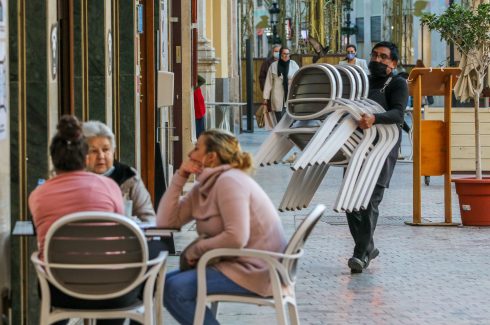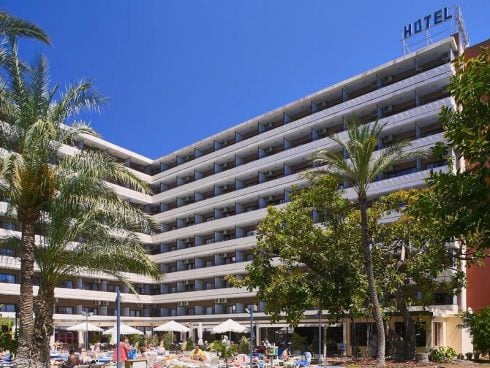ALL residential buildings over 50 years old in the Valencia region are required by law to pass a general check-up every 10 years.
Official figures show that sales of new homes fell by 17% last year, with restoration of existing property as the only area of business that has grown under the coronavirus pandemic.
And the imminent arrival of the EU Next Generation funds, which include more than €6.8 million for building restoration and urban regeneration, is being hailed as the perfect time to update and modernise Valencia’s ageing housing.
In order to allocate the funds, the authorities need up-to-date and detailed information on all properties over 50 years old that could be eligible for restoration under EU guidelines.
In the Valencia region, the instrument used to collect this information is known as the Residential Building Evaluation Report (IEEV).

Drawn up by a certified expert in the field, the IEEV analyses three specific areas, namely general state of conservation of the building, accessibility, and energy efficiency.
The check-up must be performed every 10 years on all residential property built before 1901, to be extended to all pre-1950 constructions in January 2022, leading the IEEV to be known as the ‘building MOT’.
Failure to do so can lead to fines of between €600 and €6,000 – but despite this, analysts have pointed out that the level of compliance with the law in the Valencian Community is in general very low.
In order to boost compliance with the IEEV ready for the arrival of the EU funds, the Generalitat has launched a series of grants to help pay for the check-up, with 20% of the cost allocated for every building aged over 50 plus extra cash according to the points obtained in the review up to a maximum of €4,500 per application.
For further information and to apply for the IEEV, click here
READ MORE:
- SET TO SURGE: Property sales in Spain and Europe on verge of booming
- IBI UPDATE: Valencia City Hall revamps land register to raise income through property tax











The MOT on houses has been a national obligation since Ley 8/2013, de 25 de junio. It is known as the ITE Inspección Técnica de Edificios. It is a standard clause in all Survey Spain’s reports, advising potential buyers that they should check if the property needs an ITE.
Municipalities have the right to vary the period. Estepona demands it for buildings over 30 years and 10 yearly thereafter, whilst Mijas is as low as 25 years.
Details can be found on http://www.ITE web.es